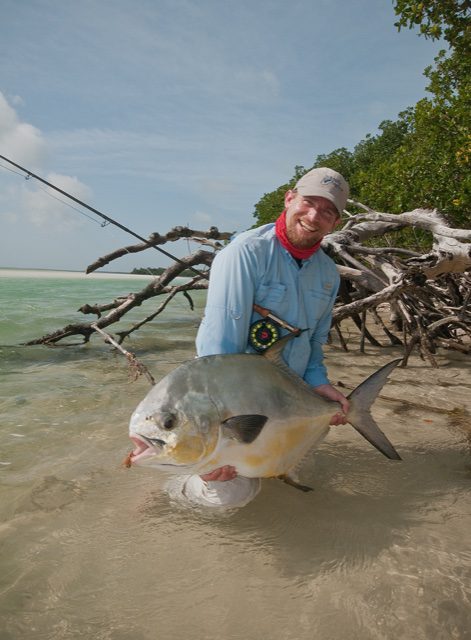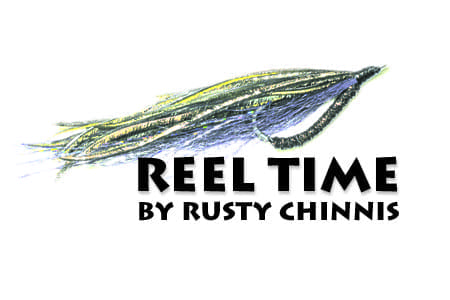The world of photography has evolved with amazing speed over the last two decades and anglers have never had an easier time recording memories made on the water. Whether you’re capturing a reminder of a trip or your catch to share with friends and family, to post on social media or just to keep for your records, the new generation of phones and digital cameras allows you to record those experiences.
Photography has never been easier and anglers can enjoy this amazing technology no matter what their level of expertise. Most digital cameras and most smart phones also come with software (or apps) that let you enhance the image, crop the size and share the final product in a number of ways. You can send the images by email, as a text (straight from a phone) or download them, edit and print them out to frame and display. Modern phone cameras have all the features of digital cameras and the advantage of always being close at hand.
Even though taking a picture may be easy, there are a few basic rules that will help you capture a better image.
- Before leaving the dock be sure you have fresh batteries, a charged phone, portable battery banks, memory cards and a cleaning cloth.
- There is almost always a certain amount of chaos associated with catching a memorable fish, so get an idea in advance of where you’ll compose your image.
- Check the background through the viewfinder carefully for distracting and cluttered backgrounds. Make sure you don’t have any unwanted objects, like a rod appearing to stick out of someone’s head.
- Look to capture photographs that aren’t posed and remember that the sooner you get your picture the more vibrant the colors of a fish will be. First and foremost, fill the frame with the subject, eliminating anything that doesn’t add to the composition.
- Since you’re filming on the water, check that the horizon is straight. Cameras and most smartphones have the option of putting a grid on the screen. If you have the option, and most phones do, shoot in portrait mode to blur the background and bring the subject into sharp focus.
- Use a polarizing filter to cut glare and saturate colors.
- For most shots with a digital camera set the aperture to at least F8 for better depth of field.
- When trying to “catch” a jumping fish, make sure you stop the action with an ISO of at least 1,000th of a second. Many digital cameras and phones can now capture up to 10 frames a second so set the camera or phone to burst mode.
- Many photographs taken on the water are exposed in bright light. When possible, avoid shadows on angler’s faces and use a fill flash if necessary.
- Take a number of shots from different angles and get the angler excited and talking to you. One of the really great advantages of digital is that you can take lots of pictures and edit them on the go to make sure you have the shot you want.
- Check out accessories like gimbals, selfie sticks and filters to take your work to the next level.
- Start a YouTube channel and learn to upload and link movies. It’s easier than ever to shoot movie clips on digital phones like the iPhone and create videos in iMovie that can be uploaded to your YouTube channel.
- If you are interested in recording underwater images and clips, check out the GoPro line of cameras and accessories.

If you have photo editing software like Lightroom or Photoshop, you can lighten the shadows in post-production. Post-production can be done on software that comes with new cellphones. This can eliminate the need for fill flash (if the contrast isn’t too great) and prevents a flash from creating unwanted reflections on fish. Since lighting is almost always challenging, shoot and then review important shots. If you have a more advanced camera, you can bracket important shots in difficult lighting situations. Expose at least three images: one slightly (one stop) underexposed, one slightly (one stop) overexposed and one at the setting suggested by the light meter.
There are a lot of excellent digital cameras on the market today. The new generation of smartphones can take amazing images and have clip-on accessories, including a polarizing lens.
If you’re really interested in photography, I would suggest getting a camera that meets your needs. Most come with a trial version of an image editing software like Adobe Elements. There are many cameras on the market from a few hundred to thousands of dollars, but for many anglers, their cellphones get the job done. Taking the time to capture the “moments of life” pays dividends that you can continue to relive by sharing them through your images.
For more information on the right camera for you, check with a professional at your local camera shop like Johnson Photo Imaging or shop online. Software demos (check out Lightroom or Photoshop) can be downloaded.
































